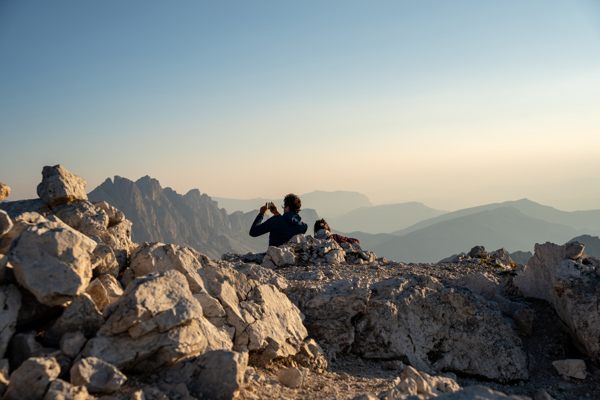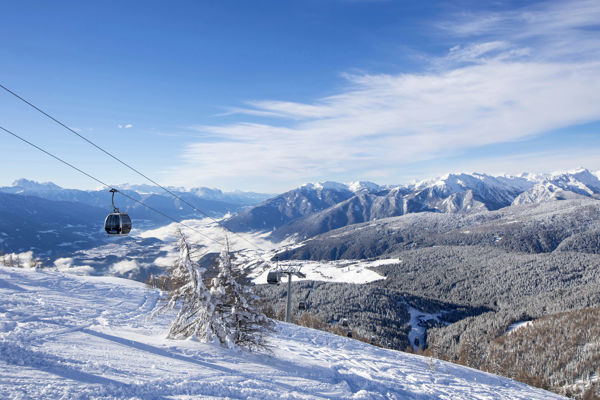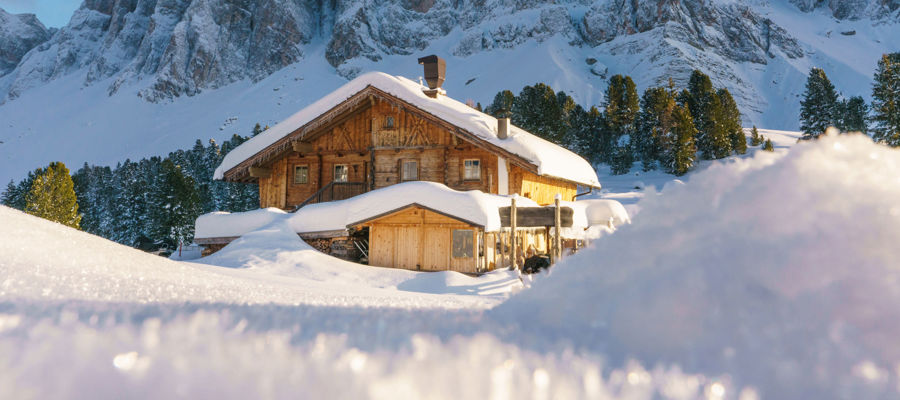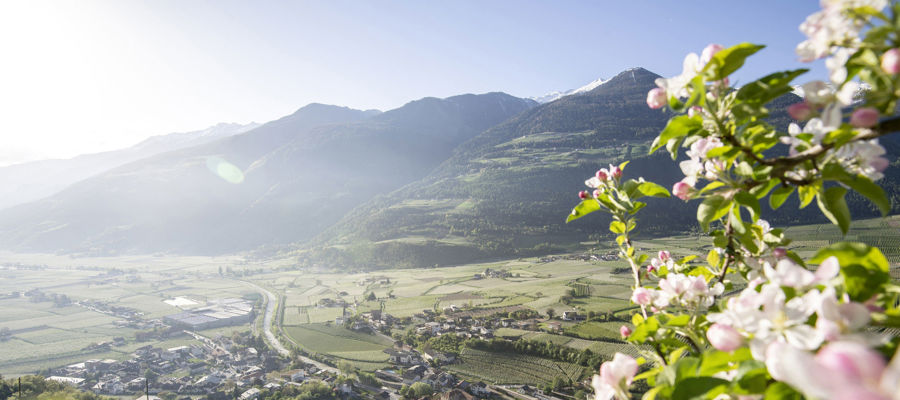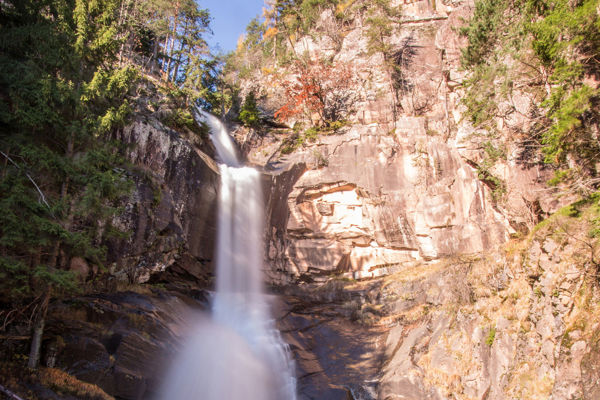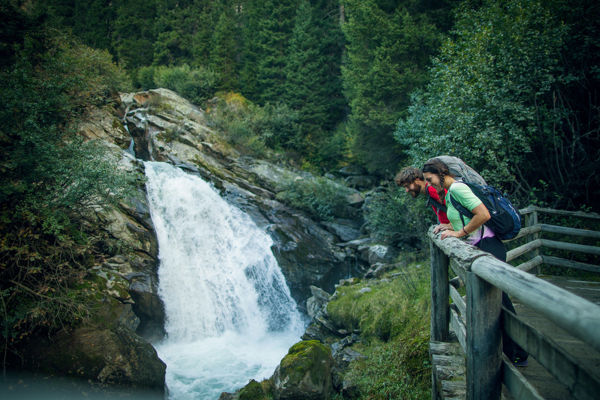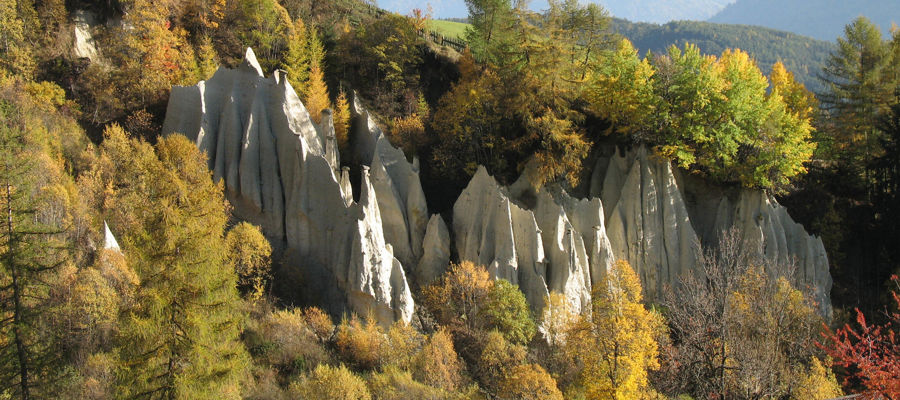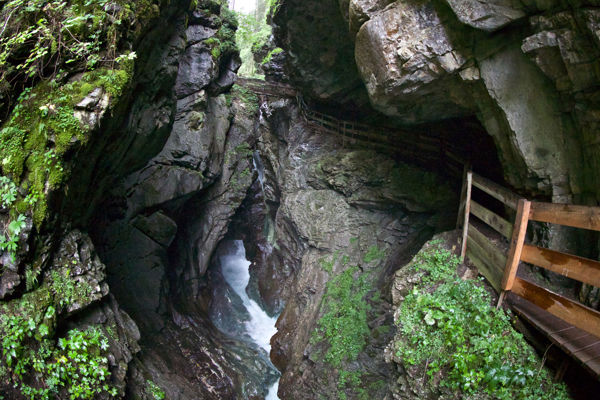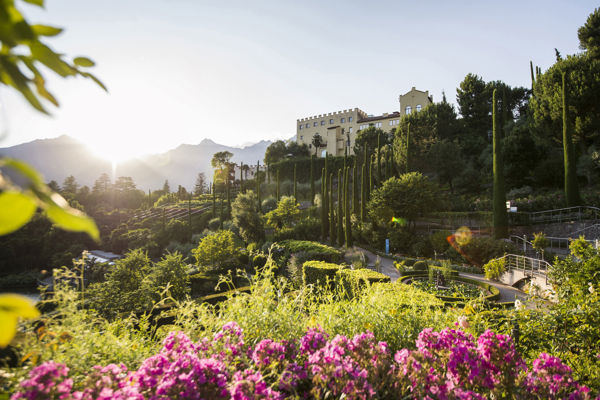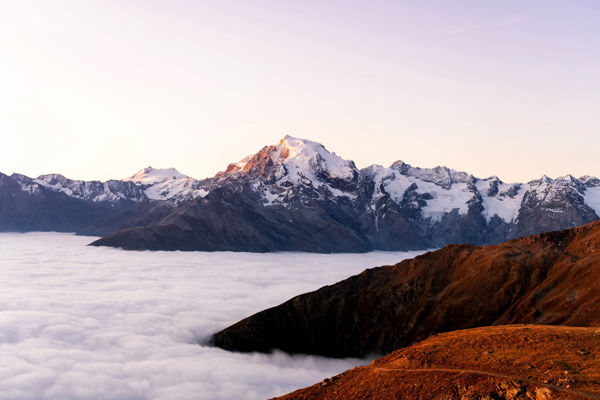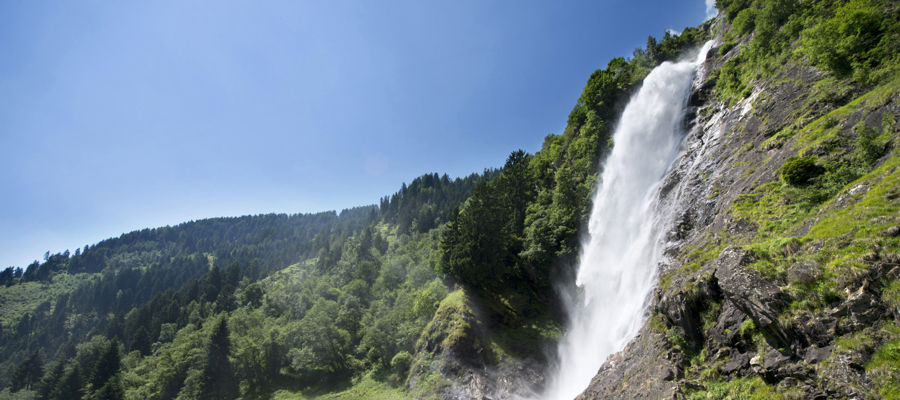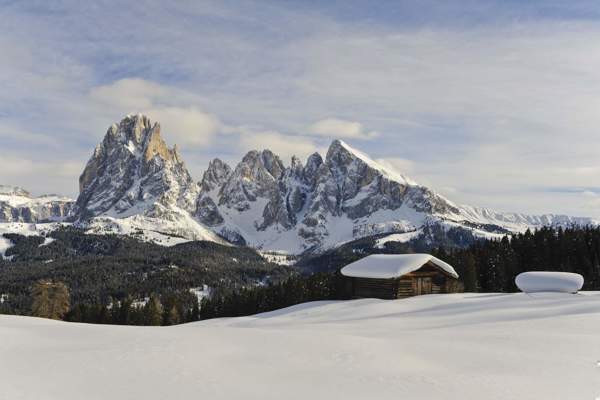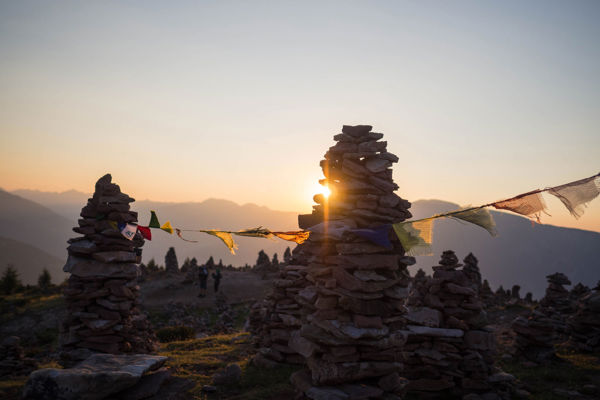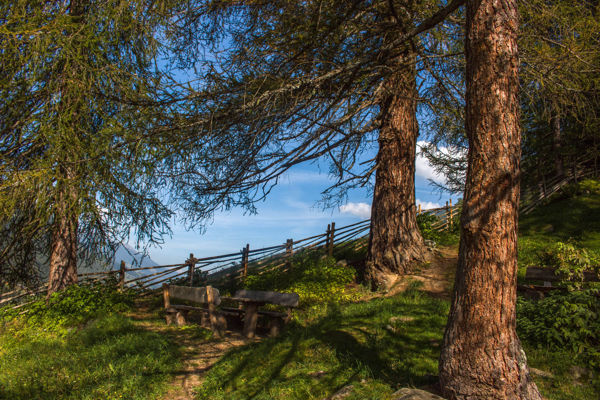
















The Vinschger Sonnenberg
It is obvious why the mountain bears this name: hardly any other place in the Vingschau Valley is so spoilt by the warming rays of the sun. However, many people do not know that this sunny mountain in the middle of South Tyrol has unique steppe vegetation.
The almost 50 kilometre long mountain between Partschins and Mals is one of the most characteristic features of the Vinschgau Valley landscape: dry, barren, almost scorched by intense sunlight and whipped by the notorious "upper wind". Here, the flora has to make do with an average of 500 millimetres of rainfall per year.
The parched and humus-poor soil offers hardly any nourishment for normal vegetation, as is usual in these latitudes. Soil temperatures of up to 70°C in summer, severe frost and the lack of protective snow cover in winter - due to the exposed southern exposure - put the plants and shrubs to the test. In order to survive despite this, the flora on the Sonnenberg has developed sophisticated adaptation strategies: steppe grasses form the basis of the patchy vegetation cover, along with colourful flowering herbs and numerous Central Asian plant species.
Special features in flora and fauna
"The Sonnenberg is a floristic and faunistic speciality," writes the South Tyrolean ornithologist and nature expert Peter Ortner. "Many southern species reach their northern limit here, while northern species reach their southern limit, making this area a jewel of European flora and fauna." As is so often the case, man has also made a significant contribution to the appearance of the landscape here today. The Romans had already begun to clear the former scrub forest in order to gain larger cultivated areas. Intensive grazing by sheep and goats further accelerated the desertification. It is said that the trunks that were cut down were even transported down the Adige to Venice, where they are said to form the foundation of the lagoon city.
Floodplains of Schluderns
The Schluderns floodplains are a contrasting but no less attractive spot, representing the rest of the once typical landscape of the upper Vinschgau Valley. They were placed under special protection around 30 years ago and designated as a biotope.
Images
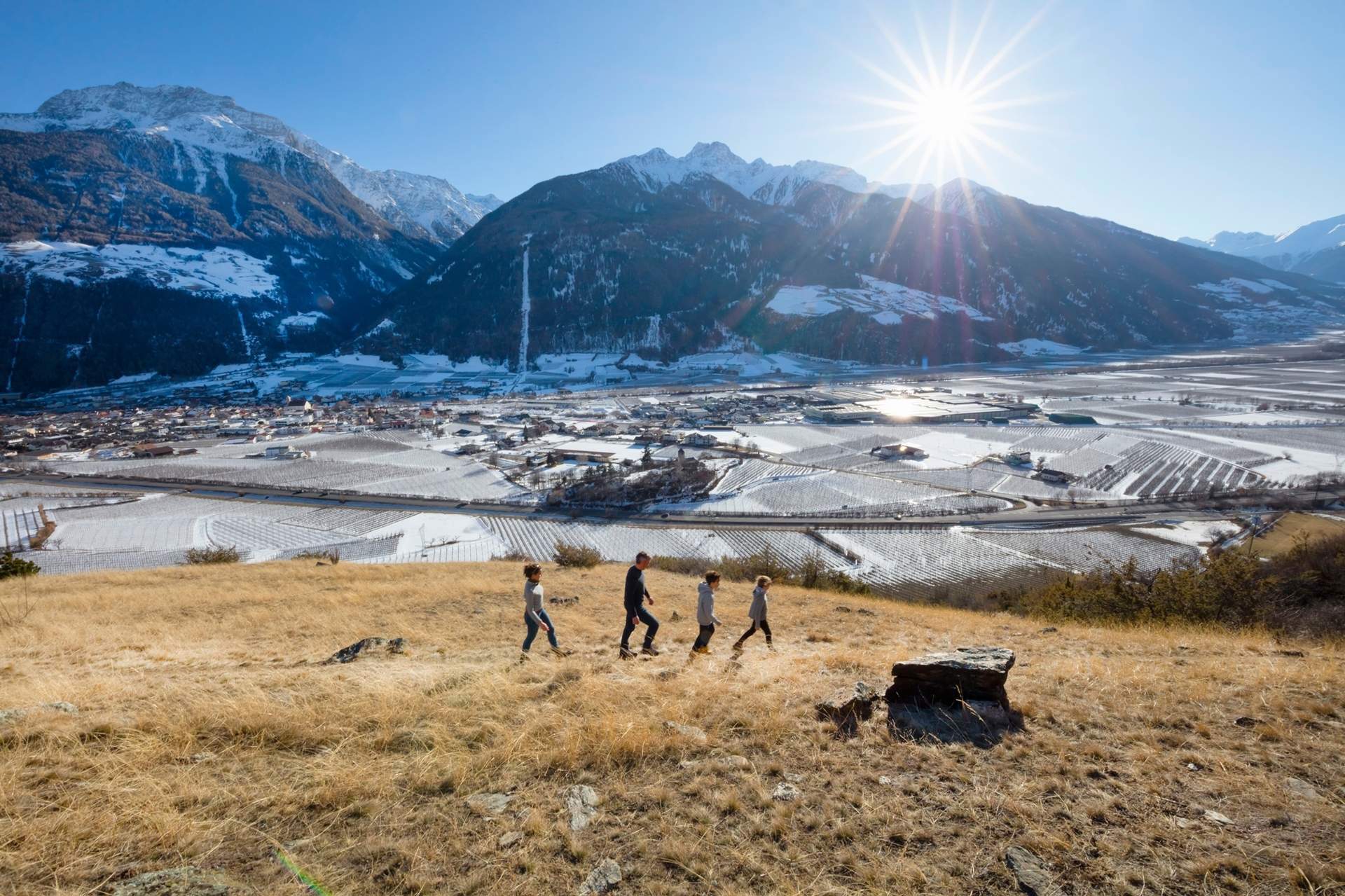
In winter as well, the Apothekersteig path near Laas is a dreamlike hike for the whole family.
IDM Südtirol - Frieder Blickle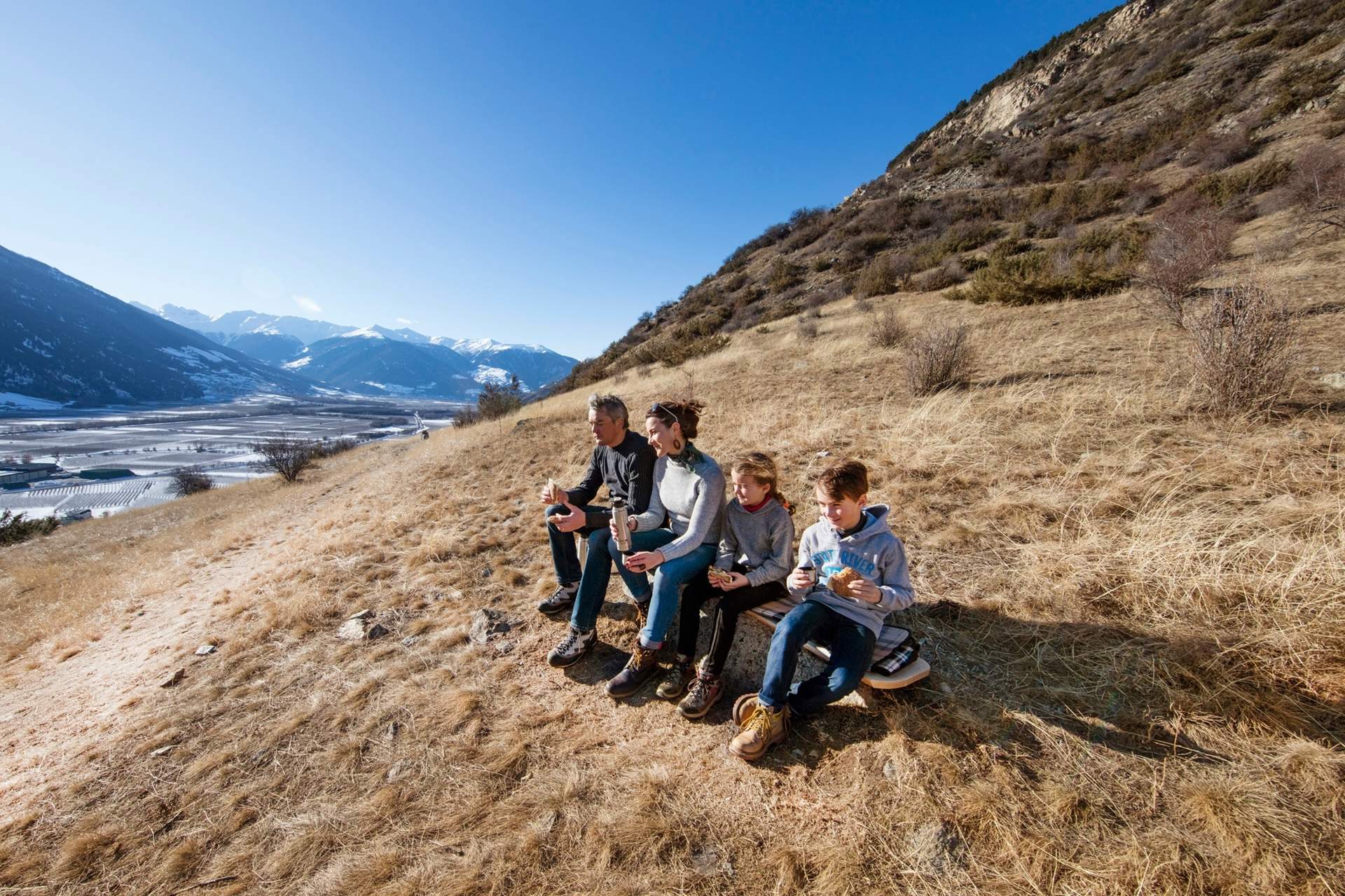
A sunny winter day on the sunny slopes of Vinschgau near Laas
IDM Südtirol - Frieder Blickle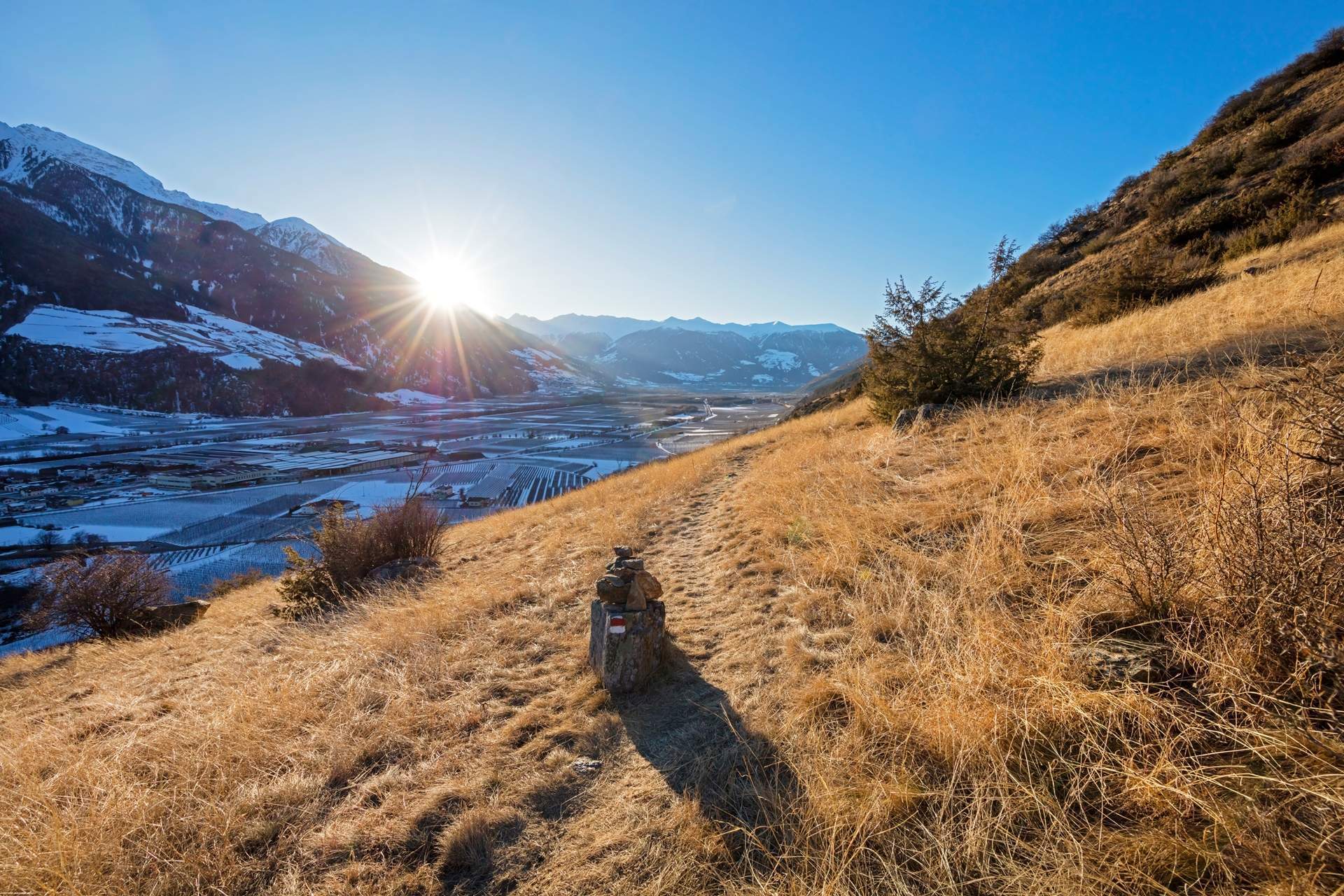
The "Sonnenberg" in Vinschgau is also perfect for hikes and excursions in winter.
IDM_Vinschgau Marketing - Frieder Blickle
















